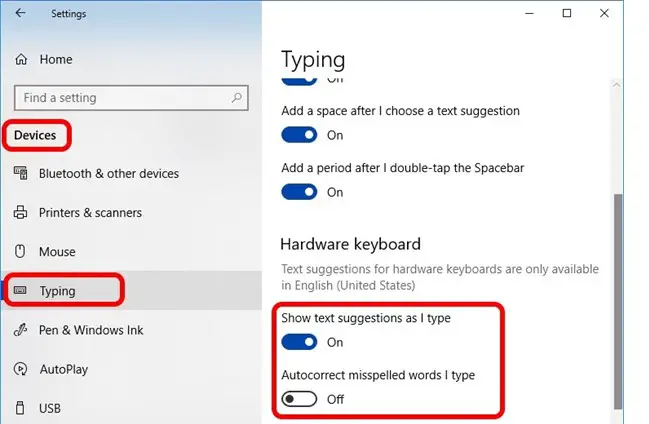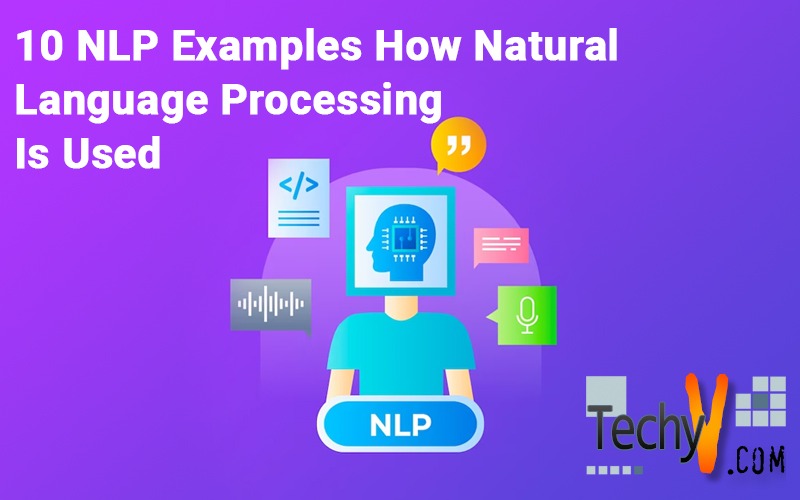The field of natural language processing is expanding quickly, and new applications are being developed daily. That’s fantastic news for businesses because NLP can significantly change how you conduct your daily operations. It can quicken your operations, lessen tedious activities for your staff, and even strengthen ties with your clients.
1. Translation Of Languages
Now that natural language processing has been developed, online translators are practical tools. However, it was sometimes that. For instance, if you think back to the beginnings of Google Translate, you’ll recall that it was only suitable for word-to-word translations. It couldn’t even be trusted to translate complete texts.However, it can now translate grammatically challenging sentences without any issues. This is mainly because of “deep learning” and NLP. Deep learning, a branch of machine learning, aid in understanding the user’s words, sentences, and intentions.

2. Search Engine Results
Keywords are no longer the only tool used by search engines to guide visitors to their search results. Using NLP, they can determine people’s intentions when seeking information. They can also enhance the findings they display by using context. Search autocomplete is an excellent example of NLP in action in a search engine. This function anticipates what you would look for, so you can click on it to avoid having to type it out. Another NPL-powered product that may be linked with e-commerce search features is intelligent search. With each contact, this tool gains insight into the user’s goals before presenting relevant results.
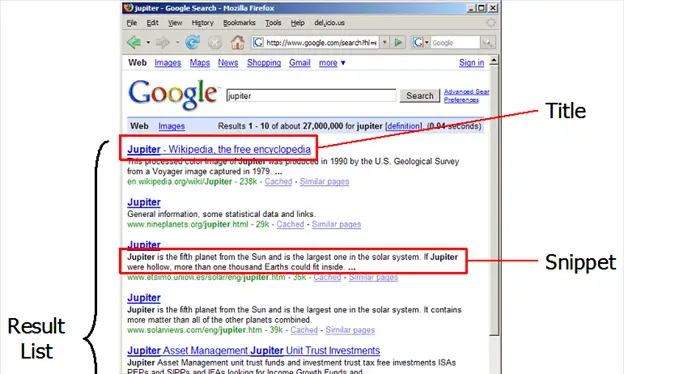
3. Smart Assistants
Formerly the stuff of science fiction, intelligent helpers are now a reality. These intelligent assistants, like Siri or Alexa, use voice recognition to comprehend our common questions and then use natural language generation (a branch of NLP) to provide the appropriate answers.

4. Customer Service Automation
You might think of chatbots immediately (we’ll discuss that in more detail shortly). However, there are various additional ways that NLP might be applied to automate customer service. Email sentiment and keyword detection are both possible with NLP. The appropriate team can then be automatically allocated to these emails, or automated messages can be sent in response. This guarantees rapid issue resolution and prevents consumer communications from disappearing into thin air. Like query routing, automated support ticket routing ensures that the right question reaches the right team. This is accomplished by utilizing NLP to decipher the customers wants from their functional language. This is then integrated with deep learning technology to carry out the routing.
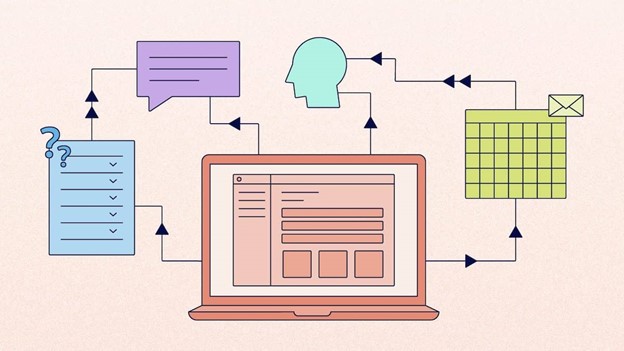
5. Email Filters
The most well-known and widely used email filter is undoubtedly a spam filter. These filters are crucial since an estimated 85% of all email traffic worldwide is spam. However, filters have also developed as a tool for consumers to maintain inbox organization. Your emails, for instance, can be categorized into primary, social, promotional, and updates in Gmail. NLP is at work behind all of these filters. Your emails are automatically examined as soon as they arrive in your inbox using text categorization and keyword extraction methods supported by NLP technology.

6. Survey Analytics
You must be able to use the data you receive from surveys you send out to customers, employees, or any other group to make informed decisions. Large volumes of data, however, are frequently too complex for hand analysis. Using sentiment and feedback analysis technologies, which search the text for positive, negative, or neutral emotions, is extremely helpful.

7. Chatbots
Chatbots are a fantastic method to swiftly handle customer support inquiries while lightening the workload for your human workforce. Since they are always accessible, your clients might not have to wait until an agent is available. This also assists you in cost-cutting. Without NLP, which enables chatbots to listen to what users are saying and respond appropriately, none of this would be possible. When sentiment analysis and intent classification methods are applied, this reaction is improved even more.

8. Social Media Monitoring
Social media is used by people to communicate, whether it’s to read, listen, or speak and be heard. What your customer’s remark on, post about, or listen to can reveal a lot about how they feel about your business or brand.
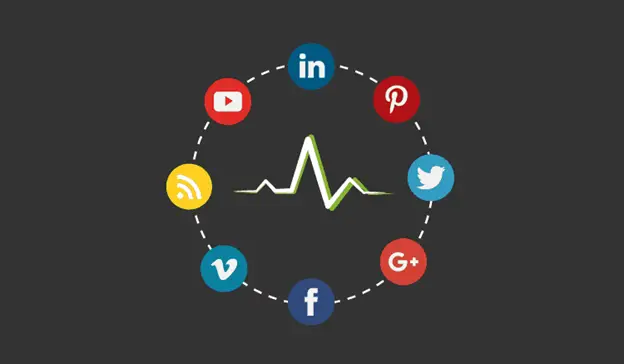
9. Text Analytics
These days, businesses must process a lot of data and unstructured text. Due to the amount, manually organizing and interpreting this data is time-consuming, subjective, and frequently impossible. Because it can make sense of enormous mountains of unstructured data, NLP is unique in this regard. Beneficial tools include keyword extractors, sentiment analyzers, and intent classifiers, to mention a few. These NLP-powered tools can quickly analyze vast volumes of data from surveys, social media, emails, and other sources and provide a complete report.
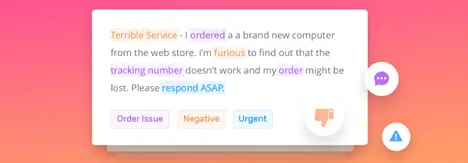
10. Predictive Text
Our daily lives with predictive text are now so ingrained that we hardly consider what is happening behind the scenes. Predictive text functions as its name suggest by foretelling your following words. The predictive text builds a personal dictionary over time using information about you and the words you use. With the development of predictive text and its close relative autocorrect, we now have programs like Grammarly that use machine learning and natural language processing. Additionally, Gmail’s Smart Compose may complete your phrases as you type.
